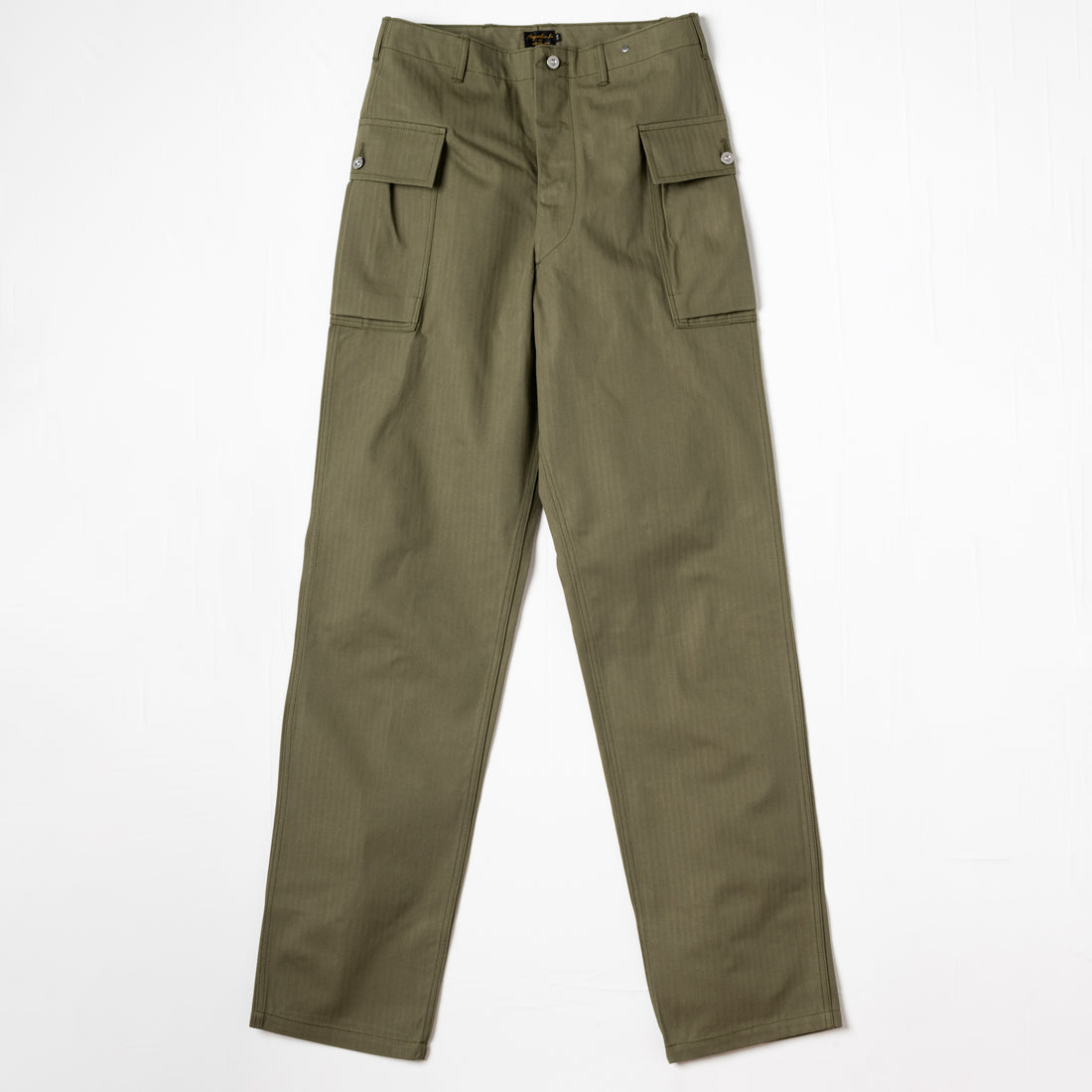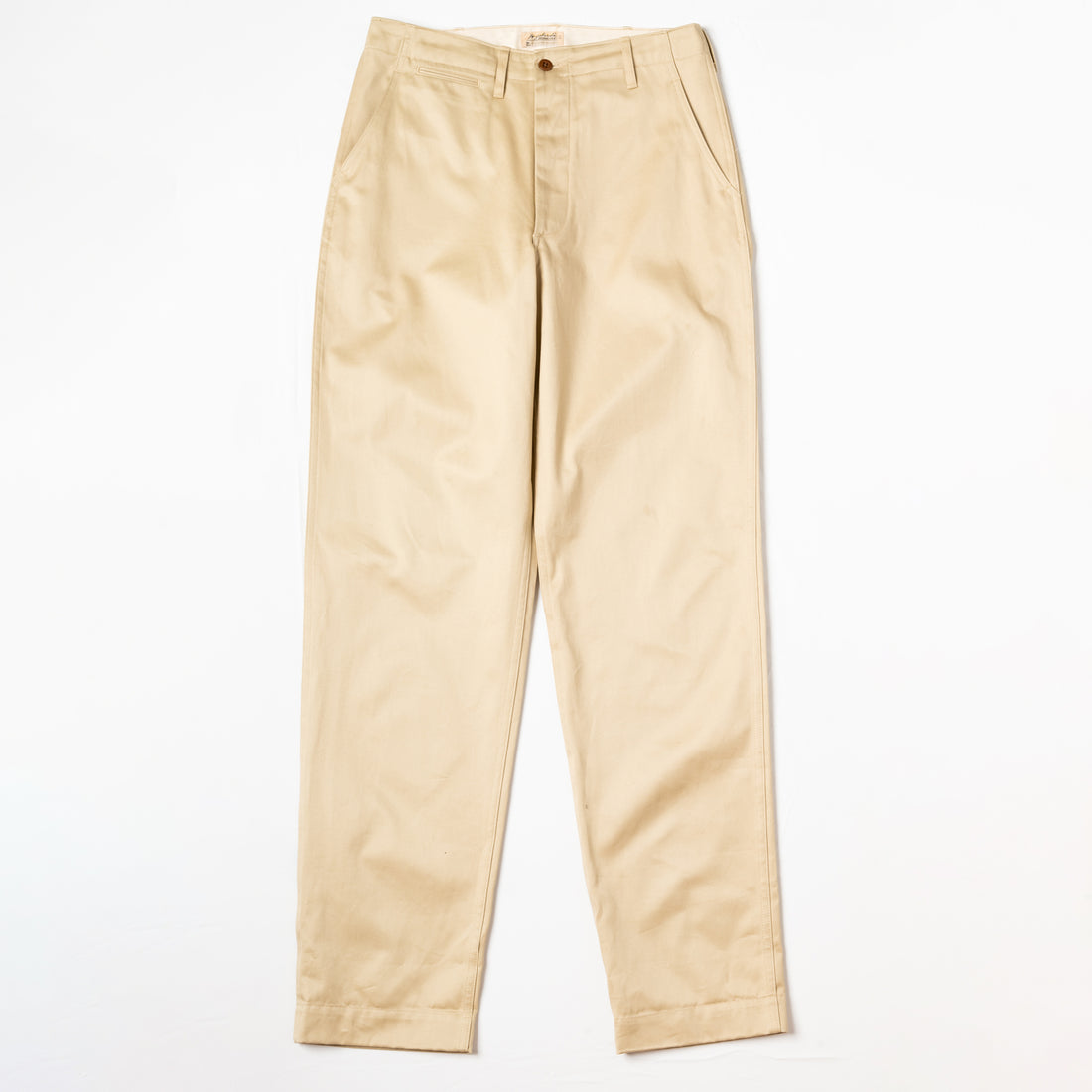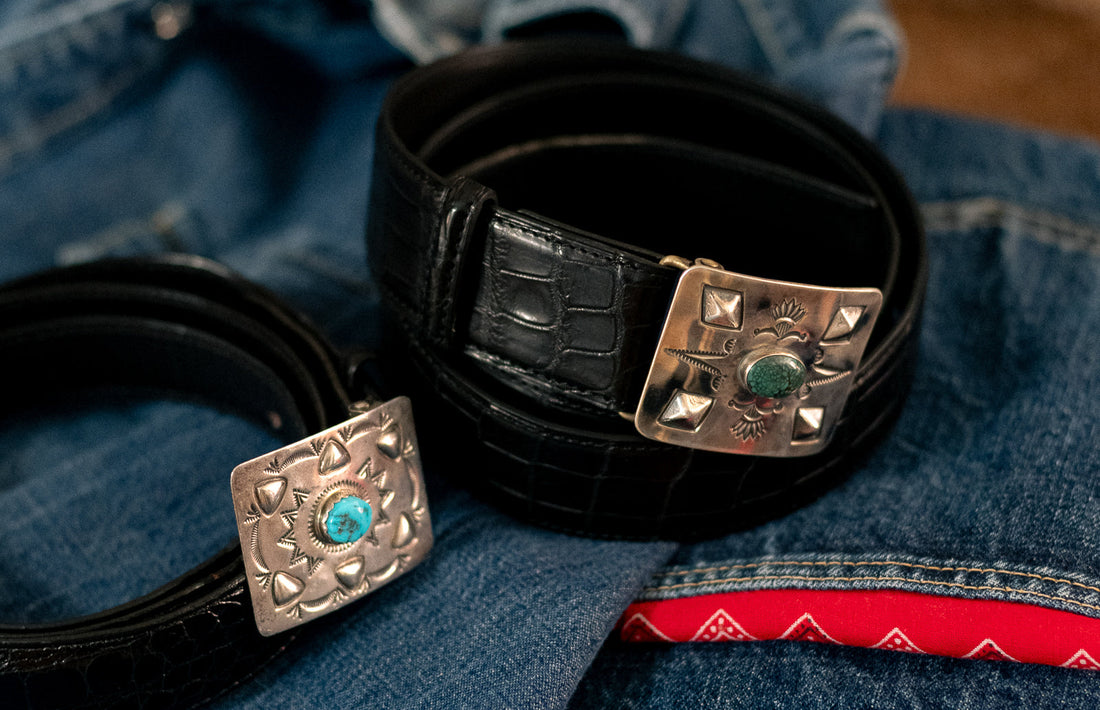

Sweater Washing Tutorial
Sweater Washing Tutorial
Written by Cassandra Harada
Washing Day In my 20 year career in handcraft, I’ve heard many tales of the demise of quality woolen garments due to one process that many people misunderstand: Laundering. I’ve also heard many good friends say:
“Please don’t knit me a sweater, I’d probably destroy it by accident”.
I have spent most of my life working in wool fresh off the sheep, so I feel completely sure in laundering my garments, and teaching other wool lovers how to care for their own without sending them out for dry cleaning, or the fear of ruining a beloved item.
Perhaps in order to feel confident in learning this process, we need to understand one thing: Why does wool felt?
Wool fibers are coated in microscopic scales. When the fibers are wet, lubricated (soap), and agitated for a period of time, the scales cling and lock tightly together with neighboring fibers and seem to “shrink”. Although no individual fiber shrinking has actually occurred, it causes the garment to shrink, and often becomes misshapen and unwearable.
Cue the sad violins when you open the washing machine and pull out the sweater you loved so much, and realize it’s been rendered useless, while you rack your brain hoping someone you know has a small child who might be able to wear the aftermath.
Ruining something you love is traumatic.
There is good news: You now have an educational opportunity, and no longer have to suffer such trauma.
If you have a woolen garment that needs laundering, follow along, and you’ll be washing your jumpers, hats, socks and mittens with confidence in no time at all.
It’s “washing day” at my house.
Begin at the beginning. What are you laundering?
Rule #1: If the tag says “wool” in any percentage, do not put it in a machine. The entire purpose of a washing machine is to “wet, soap, and agitate” so by very definition, if you place your sweater in the drum and press go for a full cycle, you will be making felt.
The tag in your garment might say “hand wash only”. If this is the case, we’re on our way.
Sit down and have a look at your items. Is there any damage that needs repair? Are there any spots, or stains that need attention? Is there pilling?
Note all of those things, we’ll deal with them each separately.
*If you have moth or beetle damage, please see my previous tutorial on darning. It is important to address that first so when your item is wet, it does not unravel further due to the weight of the water pulling the stitches downward.
*If you are washing something that is a strong colour (red, dark blue, etc) you may want to wash it separately to anything white.
*Do not try to remove pilling from a wet garment
What you need:
A basin large enough to hold your items with a little room to spare. I will be using my bathtub. Other possibilities are large sinks, a laundry basin if you have it, or for small accessories, a mixing bowl will work!

Wool wash: l use this brand, but there are many good ones on the market.
A washing machine with a spin setting, OR, a large towel
A rack for drying, or hangers, depending on the shape and make of your sweater
An iron (household is fine)
Method:
Step 1: Fill your basin with water. It should be cool enough to put your hand in easily, but still feel “warm”. Drop in the recommended amount of wool wash (read the recommendation on the bottle) and swirl it around to disperse.
Step 2: If you have any spots or stains on your garments, apply soap or vinegar (depending on the stain) directly to the affected area, and let it sit for an hour or so before you place the garment into the bath. If the jumper doesn’t sink into the water immediately, put your hands on the garment and press down until you start feeling bubbles. Do not agitate or squeeze the fabric, just continue pressing into the water until the entire garment is soaked through.

Step 3: Walk. Away.

Set a timer for 2 hours if you’re worried you’ll forget it entirely, but feel free to forget it for a good while longer than that. Soaking the garment for a long period of time will allow opportunity for all the dust and grit to fall out of the fibers, and into the bottom of your basin.
Step 4: After you’ve let them soak for at least the 2 hours (longer if you like!), drain your basin. Your garment will still be very, very waterlogged and heavy. That might feel scary, but have heart, your beloved sweater will be just fine.
Supporting the entire garment as you lift it out of the basin, gently squeeze. Your knitwear will be much lighter now, but most likely still dripping.
Now it’s time to remove the excess water from the garment
This is where you can make a decision.
You can
1: Use a washing machine with a spin cycle to centrifugally remove the water from the sweater. This will remove the most water and it will be easier to dry your items.
*You may want to test your cycles first to make sure there is no agitation involved. In this cycle, the drum should do nothing but spin quickly. Also, if your washing machine is a front loading machine, please use the towel method

OR:
2: You can roll your sweater in a towel and press the water out. This method is just fine but take care not to agitate the garment once it’s rolled up in the towel. Harder wools like the shetland shown here will be just fine, but agitating a fine wool or cashmere may cause very slight felting. If your garment is made of fine wool or cashmere, perhaps it’s best to just lay another towel on top and press firmly until the excess water is removed.

Our task is nearly complete. You`ve got clean woolens, but now we must dry them.
Step 5: I like choosing sunny days to wash my woolens, perhaps it’s my time in Japan, but I always watch for the “good laundry day” weather news to line up properly. While most people lay their sweaters flat to dry, I like to hang dry my sweaters in the sun, but this is a bit controversial and it depends on how your woolens were made. All of mine were hand knit with reinforced necklines, so hang drying and ironing out hanger marks later is my favorite option. If you feel a little nervous about stretching out the neck band, or the shape, structure or material isn’t good for hang drying, feel free and happy in the decision to use conventional wisdom, and dry it on a rack or net lying flat.

Lastly, if your garment is 100% wool or natural fiber, when it is dry, you can iron it. I avoid ironing cabled garments or cuff ribbing (sometimes it changes the elasticity) but all other parts of a sweater can definitely be pressed. The stitch definition will thank you for it, and it will return to the glory of the sweater you first fell in love with.
Step 6: Stand back and admire your handiwork. I love my jumper collection. It feels so good to see them basking happily in the sunshine.
While you’re admiring, remember that the simple act of washing and caring for your clothes is a reflection of your personal politics. These garments will stay with you for years if they’re cared for properly. When we care for and maintain our wardrobe pieces, we create less waste and over time build a wardrobe full of fond memories, and personal attachment. Practically speaking though, taking a few hours to clean your woolen garments also reduces the chance for insect damage to occur, it knocks out the dust and grit that accumulates from everyday wear, and when we reshape our woolens from time to time, it keeps them looking snappy and stylish.
A few tips:
- The finer the fiber, the more “delicious” it is to carpet beetles or moths. Before I store cashmere, vicuna or fine merinos for the summer, I often cycle the item in and out of the freezer twice overnight just to be certain.
- If you have read this and are still nervous about giving it a go, try washing a non-feltable garment in this manner first. Once you’ve had success with a cotton or linen garment (even a tshirt!) you might feel more comfortable trying the process with wool.
- Remember this: All of the world’s most beautiful things come first covered in dirt. We washed the fibers after they came off the animal, they were spun into yarn, and knitted into a garment for you to enjoy. As long as you follow this tutorial, you’ll be just fine. Wool is a sturdy, hard wearing fiber that has been keeping us warm for centuries, I promise it is difficult to get this wrong.
So the next time you’re staring down at a basket of dirty sweaters, instead of running to the nearest dry cleaner, go ahead and get your hands wet!
I promise, it will be time well spent!











